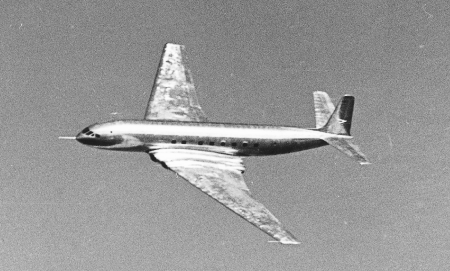
On Wednesday 27 July, 1949, the world's first jet airliner, the de Havilland (DH) 106 Comet, made its first flight from Hatfield airfield, just north of London. That historic half an hour trip marked the beginning of the jet transport age, officially half a century old this week.
At the controls for the 31min flight that summer's evening was DH chief test pilot John Cunningham, who took the jet up to 8,000ft (2,440m). When the Comet flew, less than 40 million people were travelling by air each year. Fifty years on, annual passenger air traffic is approaching 1.5 billion and growth continues at a rate of 5% annually. The development of the jet airliner has affected most people.
Manufacturers have delivered almost 21,000 jet airliners. But the industry has undergone much consolidation. Only Airbus and Boeing remain as major large aircraft producers.
By way of a tribute to the jet pioneers, Flight International has pulled from its picture archive six of the key designs from those first 50 years.
The Comet entered service with British Overseas Airways in May 1952, but its moment of glory was all too brief as the jet was quickly withdrawn following a string of accidents. Meanwhile, the Soviet Union had designed its own jet airliner, the Tupolev Tu-104 twinjet, which entered service with Aeroflot in 1956.
Boeing led the pack in the USA, flying in July 1954 its jet prototype, the "Dash 80", from which the Boeing 707 was derived. This provided the airlines with their first genuine inter-continental jet.
Ten years later, the Europeans were forging ahead with the supersonic Concorde, which would succeed in its objective of halving transatlantic journey times but fail as a commercial enterprise. Boeing decided that capacity, rather than speed, would be the long-term market driver, and flew its 400-seat 747 in 1969.
By the 1980s, Europe's industry had regrouped around the Airbus consortium and its development of the best selling A320 family, which arrived in 1988, at last heralded mass market success that Europe's aerospace companies had promised for so long.
Canadair's 50-seat CRJ started a revolution in 1991, providing the world with the first jet designed for regional routes.
An Airbus design - the giant A3XX - is front runner to be the next member of this elite group of landmark designs, if the consortium meets its promise of delivering the first aircraft in the middle of the next decade.
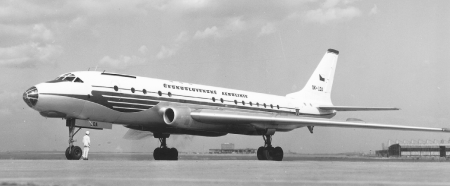
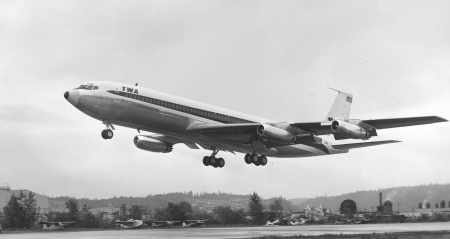
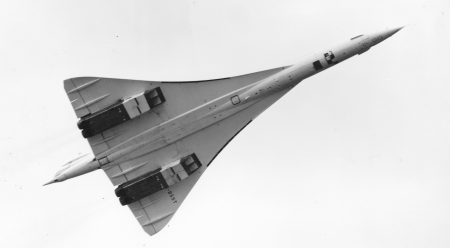

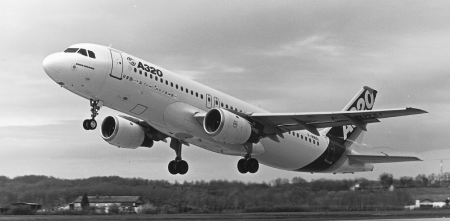
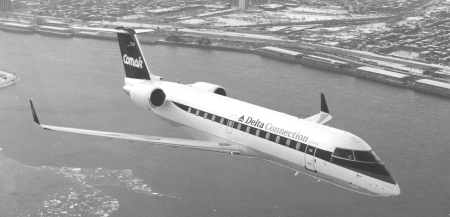
Source: Flight International























